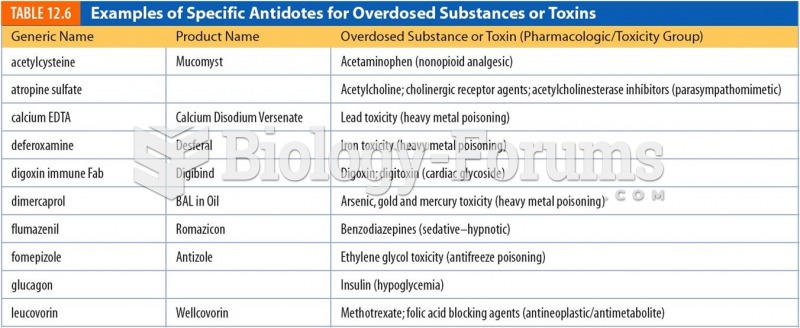Answer to Question 1
3
Rationale 1: CNS depressants likely will worsen symptoms.
Rationale 2: Anticholinergic agents likely will worsen symptoms.
Rationale 3: Activated charcoal will bind the Risperdal that has not been absorbed and prevent absorption into the bloodstream.
Rationale 4: symptom management might be warranted, but given that the overdose occurred only 20 minutes ago, there is a different effective treatment.
Global Rationale: Activated charcoal will bind the Risperdal that has not been absorbed and prevent absorption into the bloodstream. Symptom management might be warranted, but given that the overdose occurred only 20 minutes ago, charcoal likely will be effective and should be used. Anticholinergic agents and CNS depressants likely will worsen symptoms.
Answer to Question 2
3
Rationale 1: Procainamide hydrochloride (Pronestyl) can be taken on an empty stomach.
Rationale 2: Procainamide hydrochloride (Pronestyl) can be taken with food.
Rationale 3: It is very important for patients to understand that medication must be taken as directed, even if the patient is feeling well.
Rationale 4: The beta-adrenergic blocking drugs cause bradycardia, not Group 1A cardiac antiarrhythmic drugs like procainamide hydrochloride (Pronestyl).
Global Rationale: It is very important for patients to understand that medication must be taken as directed, even if the patient is feeling well. Procainamide hydrochloride (Pronestyl) can be taken on an empty stomach. The beta-adrenergic blocking drugs cause bradycardia, not Group 1A cardiac antiarrhythmic drugs like procainamide hydrochloride (Pronestyl). Procainamide hydrochloride (Pronestyl) can be taken with food.







